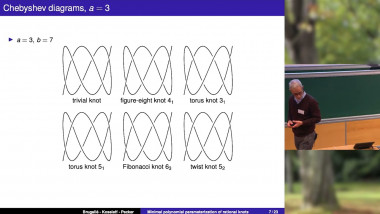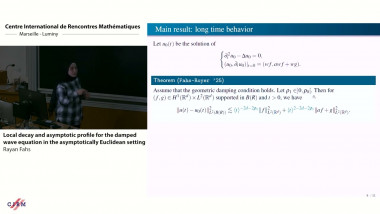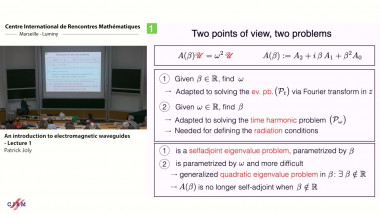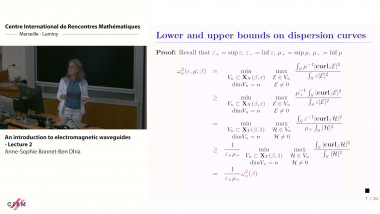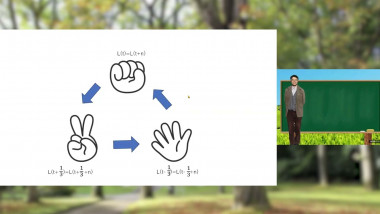Apparaît dans la collection : Structures on Surfaces / Structures sur des surfaces
Consider an orientable surface S with negative Euler characteristic, a minimal set of generators of the fundamental group of S, and a hyperbolic metric on S. Each unbased homotopy class C of closed oriented curves on S determines three numbers: the word length (that is, the minimal number of letters needed to express C as a cyclic word in the generators and their inverses), the minimal geometric self-intersection number, and finally the geometric length. Also, the set of free homotopy classes of closed directed curves on S (as a set) is the vector space basis of a Lie algebra discovered by Goldman. This Lie algebra is closely related to the intersection structure of curves on S. These three numbers, as well as the Goldman Lie bracket of two classes, can be explicitly computed (or approximated) using a computer. We will discuss the algorithms to compute or approximate these numbers, and how these computer experiments led to counterexamples to existing conjectures, formulations of new conjectures and (sometimes) subsequent theorems.This talk means to be accessible to mathematically young people.These results are joint work with different collaborators; mainly Arpan Kabiraj, Steven Lalley and Rachel Zhang.
